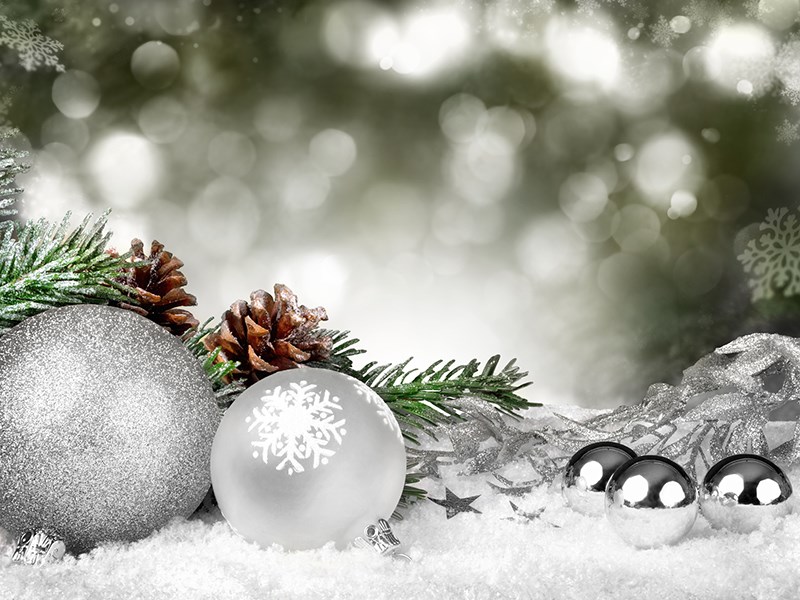Twinkly lights, flickering candles and sparkling crystal bowls all brighten up these short days and this time of limited socializing. This isn’t exclusive to a season anymore, either.
It seems any celebration is a great excuse to add some shine, from cards for birthdays, to Halloween masks, to glitter-infused gift bags and Christmas tree tinsel.
It almost seems we are wired to bling up our surroundings and even ourselves. In the animal world, iridescent colours are used to attract mates or even potential prey, and runway glamour is often highlighted by spectacularly glowing makeup and sequined dresses.
Whatever the reason, it’s clear there is plenty of opportunity to bring some sparkle into our lives. Not all that glitters, however, is green. Throughout Earth’s history, humans have crushed up shimmery rocks, shells and even insects to add glimmer to rock cave paintings and skin. We then moved onto etched aluminum, and now PET plastic is taking over the glitter market.
Research on microplastics is still in its infancy, but some are raising the alarm bell on the glitter bombing of the planet becoming yet another contributor. Rather than taking years to degrade into micro-sized pieces, glitter is already at the “perfect” length to be mistaken by marine life for food.
Microplastics are also known to attract contaminants from aquatic environments, only further exacerbating their toxicity to ocean life. Many nations, including Canada, have acknowledged these challenges and banned the production, import and sales of plastic microbeads in toiletries, often used as an abrasive in products such as toothpaste and facial scrubs.
The United Kingdom is leading the charge to ban glitter, with three major retail stores banning the material in all its forms, from decorations to merchandise, starting this holiday season.
Conversation has also begun in the UK about barring entry to concerts if guests are glittered.
Fortunately, we don’t have to get entirely bah-humbug about glitter this season. Some shiny products are glitter-free from the get-go, including many makeup products like eye shadow, lipstick and glow powders; most get their shine from mica dust and even fish scales.
Also, not all glitter is created equal, it would seem. Bio-glitter is the leading product, sold under various brands, that appears to be offering a type of glitter that will break down in freshwater environments. Still, though, there can be plenty of green-washing supposedly eco plastic alternatives as many do not reliably break down in the environments they find themselves in at the end of their lives.
While seemingly innocent fun, bringing glitter into our lives through greeting cards, dressed up wrapping paper, tree decorations, or table centre bling, these microplastics soon make their way into our waste stream. Insidiously tiny, they are nearly impossible to filter out, once in the natural environment, so much so that they are reliably used by crime scene investigators to track where a perpetrator has been.
Candles, string lights, glass ornaments, mirrors and metal décor can all be brought in to add that warm shimmer to your holidays instead.
Happy shiny holidays to you!
Let’s Talk Trash is qathet Regional District’s waste reduction education program. Find its Holiday Green Guide at LetsTalkTrash.ca.



